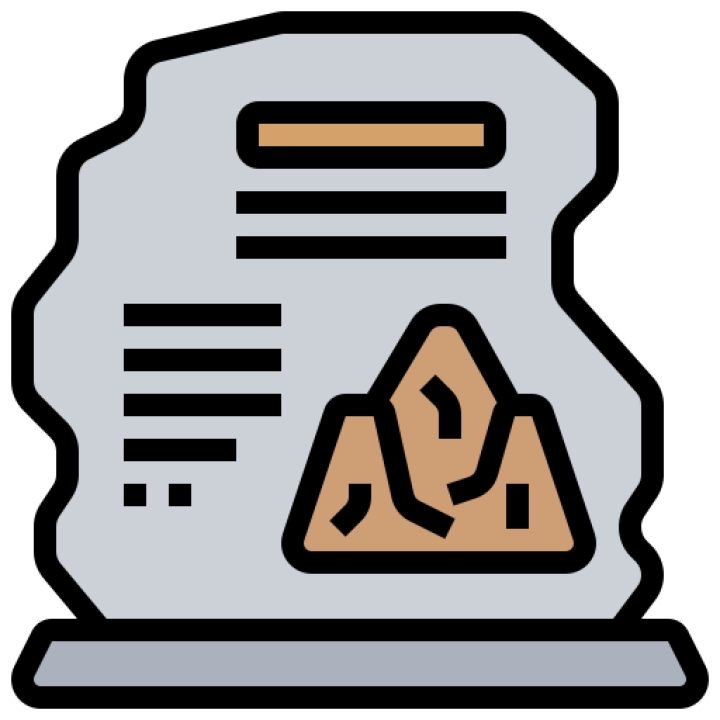College: Graduate Studies Institute
This interdisciplinary major combines archaeology and art history to explore cultural, historical, and artistic heritage. Students learn archaeological methods, art history analysis, cultural anthropology, and heritage conservation. The program focuses on fieldwork, research skills, and understanding cultural and historical contexts. Graduates are prepared for careers in archaeology, art history, museum studies, and cultural heritage management.
Learning Objectives:
- Understand the fundamentals of archaeology and art history.
- Develop skills in archaeological methods, art history analysis, and cultural anthropology.
- Learn fieldwork and research techniques in archaeology and art history.
- Explore the principles of heritage conservation and cultural heritage management.
- Understand ethical considerations in archaeological and art history research.
- Analyze challenges and opportunities in archaeology and art history research.
- Develop teamwork and problem-solving skills for research projects.
Main Outline:
- Introduction to Archaeology and Art History - Overview of basic concepts and historical context.
- Archaeological Methods - Principles and techniques of fieldwork and archaeological research.
- Art History Analysis - Basics and techniques of art analysis and interpretation.
- Cultural Anthropology - Principles and techniques for studying cultural practices.
- Heritage Conservation - Basics and techniques of cultural heritage conservation.
- Cultural Heritage Management - Principles and techniques of managing cultural heritage.
- Ethical Considerations - Principles and techniques for ethical research in archaeology and art history.
- Research Methods - Principles and techniques for conducting research in archaeology and art history.
- Practical Training - Real-world fieldwork and research experiences.
- Graduation Project - A comprehensive project applying acquired skills in archaeology and art history.
Assessment Methods:
- Archaeological method reports, art history analyses, cultural anthropology studies, heritage conservation plans, cultural heritage management projects, ethical considerations papers, research methodology papers, practical training reports, graduation projects, group projects, and internships.
Recommended Textbooks:
- "Archaeology: Theories, Methods, and Practice" by Colin Renfrew and Paul Bahn.
- "Art History" by Marilyn Stokstad and Michael W. Cothren.
- "Cultural Anthropology" by Conrad Phillip Kottak.
- "Heritage Conservation" by various authors.
- "Cultural Heritage Management" by various authors.
Prerequisites:
Basic knowledge of archaeology, art history, and cultural studies. Suitable for students interested in archaeology, art history, museum studies, and cultural heritage management.
Duration of the Major:
Typically 4 years to earn a bachelor's degree, including coursework, projects, practical training, and internships.
Certification:
Graduates can earn a degree in archaeology and art history and pursue professional certifications in related fields.
Target Audience:
Aspiring archaeologists, art historians, museum professionals, cultural heritage managers, and professionals seeking to specialize in archaeology and art history. This major equips students with fieldwork, research, and practical skills necessary to excel in archaeology and art history, supporting careers in archaeology, art history, museum studies, cultural heritage management, and related fields.

